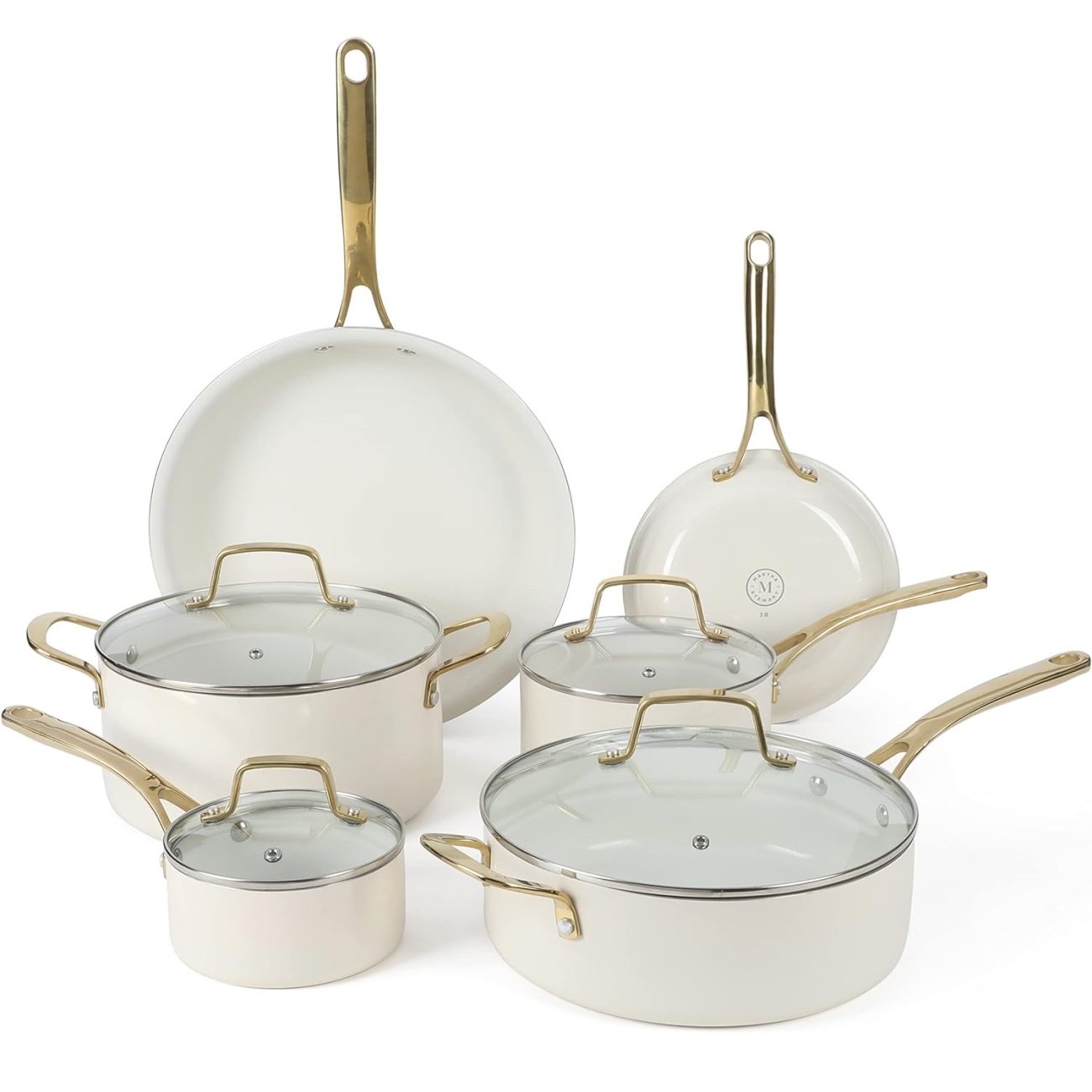Gluten-Free Okonomiyaki: A Nutrient-Packed Japanese Pancake for Whole Health Flexi-Plan
What is Gluten-Free Okonomiyaki?
Gluten-free Okonomiyaki is a modern, health-conscious adaptation of the traditional Japanese savory pancake. Typically made with cabbage, eggs, and batter, it is a staple in Japanese cuisine, but the original version often contains gluten from wheat flour or regular soy sauce.
By reimagining this dish with nutrient-dense, gluten-free, and anti-inflammatory ingredients, it aligns perfectly with the Whole Health Flexi-Plan diet, which emphasizes balanced nutrition, digestive health, and sustainable wellness.
The Nutritional Power of Gluten-Free Ingredients
Unlike traditional Okonomiyaki, which contains refined flour and additives, this gluten-free version is made with whole-food ingredients rich in fiber, vitamins, minerals, and healthy fats. These components not only improve digestion but also boost immunity, reduce inflammation, and promote overall well-being.
Let's explore the powerful health benefits of the key ingredients in this dish.
Health Benefits of Cabbage: The Star Ingredient
Cabbage is the foundation of Okonomiyaki and a nutritional powerhouse. This humble vegetable offers:
✅ Rich in Fiber – Supports digestion and gut health by feeding beneficial bacteria.
✅ High in Antioxidants – Contains polyphenols and vitamin C to combat oxidative stress.
✅ Supports Detoxification – Packed with glucosinolates, compounds that help the liver eliminate toxins.
✅ Anti-Inflammatory – Sulforaphane in cabbage reduces inflammation, which is linked to chronic diseases.
✅ Promotes Weight Loss – Low in calories but high in nutrients, making it perfect for weight-conscious diets.
Almond Flour: A Superior Gluten-Free Alternative to Panko
Traditional Okonomiyaki uses panko breadcrumbs, which contain wheat and refined carbohydrates. Instead, almond flour is a nutrient-rich substitute that provides:
✅ High Protein Content – Aids in muscle repair and supports metabolism.
✅ Healthy Fats – Contains monounsaturated fats that support heart health.
✅ Low Glycemic Index – Keeps blood sugar stable, making it ideal for diabetics.
✅ Rich in Vitamin E – Protects skin and fights free radicals.
Flaxseed: A Nutrient-Dense Superfood
Flaxseed acts as a natural binding agent while enhancing the nutritional profile of this dish. It offers:
✅ High Omega-3s – Essential fatty acids that reduce inflammation and support brain function.
✅ Lignans for Hormone Balance – Beneficial for women’s health and menopause symptoms.
✅ Rich in Soluble Fiber – Helps lower cholesterol and maintain digestive health.
Scallions: More Than Just a Garnish
Scallions not only enhance flavor but also provide significant health benefits, including:
✅ High in Vitamin K – Supports bone strength and wound healing.
✅ Contains Allicin – A sulfur compound with antimicrobial and anti-inflammatory properties.
✅ Boosts Immunity – Packed with antioxidants that help fight infections.
Turmeric: The Anti-Inflammatory Spice
Turmeric is a powerful anti-inflammatory ingredient that boosts overall health. Its key benefits include:
✅ Curcumin for Joint Health – Reduces symptoms of arthritis and joint pain.
✅ Improves Brain Function – Enhances memory and may help prevent Alzheimer’s disease.
✅ Supports Liver Detoxification – Helps the body process and eliminate toxins.
Ginger: A Digestive Powerhouse
Ginger enhances the digestibility of Okonomiyaki and offers:
✅ Relieves Bloating and Indigestion – Helps break down food more efficiently. [1]
✅ Anti-Nausea Properties – Effective for morning sickness and motion sickness.
✅ Reduces Muscle Pain – Has natural pain-relieving effects, ideal for post-exercise recovery.
Eggs: The Ultimate Protein Source
Eggs serve as the binding agent and protein source in Okonomiyaki, providing:
✅ Complete Protein – Contains all essential amino acids for muscle growth and repair.
✅ Rich in Choline – Supports brain health and memory function.
✅ Keeps You Fuller for Longer – Prevents overeating and stabilizes blood sugar.
Avocado Oil: A Heart-Healthy Fat
Replacing processed vegetable oils with avocado oil improves the dish’s nutritional quality. Benefits include:
✅ Rich in Monounsaturated Fats – Reduces LDL cholesterol and supports cardiovascular health.
✅ High Smoke Point – Prevents harmful oxidation when cooking.
✅ Absorbs Fat-Soluble Vitamins – Enhances the bioavailability of nutrients like vitamin A, D, E, and K.
Tamari vs. Soy Sauce: Why It Matters in Gluten-Free Cooking
Traditional soy sauce contains gluten, but tamari is a naturally gluten-free alternative.
✅ No Wheat, 100% Soybeans – Safe for gluten-sensitive individuals.
✅ Richer in Umami Flavor – Enhances depth of taste without additives.
✅ Fermented Benefits – Supports gut microbiome and digestion.
Fermented Foods in Okonomiyaki: A Gut Health Boost
Adding kimchi, pickled ginger, or miso to Okonomiyaki enhances its digestive and immune benefits.
✅ Probiotics for Gut Health – Improves digestion and reduces bloating.
✅ Boosts Nutrient Absorption – Helps the body absorb minerals like calcium and iron.
Why Whole Health Flexi-Plan Includes Gluten-Free Okonomiyaki
The Whole Health Flexi-Plan focuses on balanced, whole-food nutrition. This dish aligns with its principles by:
✅ Prioritizing Gut Health – High fiber and probiotic-rich ingredients.
✅ Balancing Macronutrients – Protein, healthy fats, and complex carbs for sustained energy.
✅ Being Anti-Inflammatory – Rich in turmeric, omega-3s, and antioxidants.
Who Can Eat This Dish? Suitable Diet Plans
Gluten-Free Okonomiyaki is suitable for:
✔ Gluten-Free Diets
✔ Paleo Diet (with slight modifications)
✔ Keto Diet (by reducing the almond flour slightly)
✔ Dairy-Free Diets
✔ Anti-Inflammatory Diets
✔ Whole Health Flexi-Plan
A Nourishing, Delicious Way to Enjoy Japanese Cuisine
This gluten-free Okonomiyaki is a wholesome, flavorful, and nutrient-packed dish that supports gut health, brain function, and overall wellness. By swapping out inflammatory ingredients for superfoods, it transforms a traditional favorite into a healthy meal that aligns with multiple diet plans.
Enjoy a meal that’s as healing as it is delicious! 🌿🍽️
Kitchen Tools We Love:




